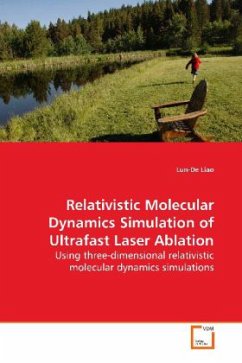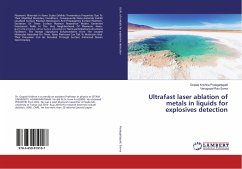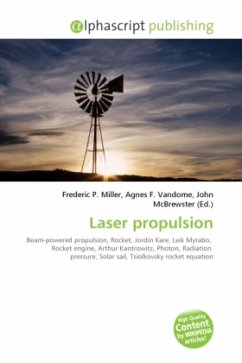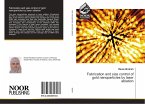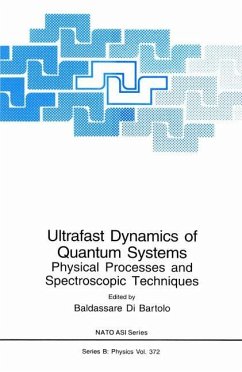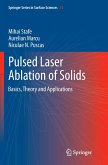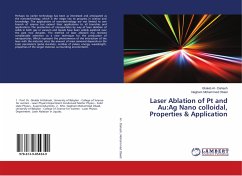The phenomena of Coulomb explosion require the
consideration of special relativity due to the
involvement of high-energy electrons or ions. It is
known that laser ablation processes at high laser
intensities may lead to the Coulomb explosion,
and their released energy is in the regime of kilo
to mega eV. In contrast to conventional MD
simulations, we adopt the 3D relativistic RMD method
to consider the effects of special relativity in the
conventional MD simulation for charged particles in
strong electromagnetic fields. Furthermore, we
develop a Coulomb force scheme, combining with the
Lennard-Jones potential, to calculate interactions
between charged particles, and adopt a Verlet list
scheme to compute the interactions between each
particle. It is found that the damage depth does not
increase with repeated laser ablation when the pulse
frequency is comparable to the duration of the
pulse. Furthermore, we report the time evolution of
energy propagation in space in the laser ablation
process. The temporal-spatial distribution of
energy indirectly indicates the temperature
evolution on the surface of solid under intense
laser illumination
consideration of special relativity due to the
involvement of high-energy electrons or ions. It is
known that laser ablation processes at high laser
intensities may lead to the Coulomb explosion,
and their released energy is in the regime of kilo
to mega eV. In contrast to conventional MD
simulations, we adopt the 3D relativistic RMD method
to consider the effects of special relativity in the
conventional MD simulation for charged particles in
strong electromagnetic fields. Furthermore, we
develop a Coulomb force scheme, combining with the
Lennard-Jones potential, to calculate interactions
between charged particles, and adopt a Verlet list
scheme to compute the interactions between each
particle. It is found that the damage depth does not
increase with repeated laser ablation when the pulse
frequency is comparable to the duration of the
pulse. Furthermore, we report the time evolution of
energy propagation in space in the laser ablation
process. The temporal-spatial distribution of
energy indirectly indicates the temperature
evolution on the surface of solid under intense
laser illumination

